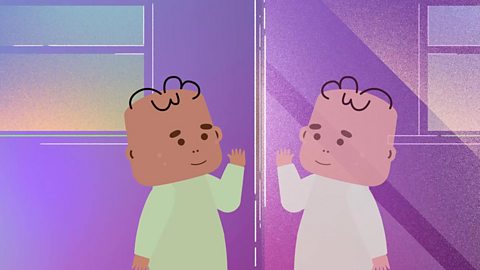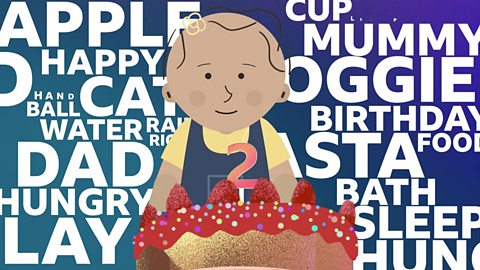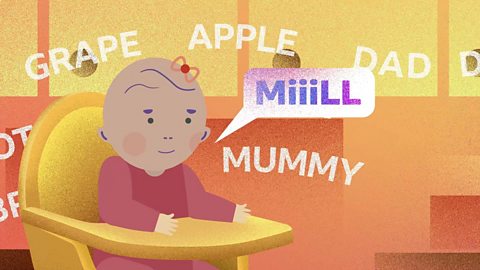Playing in mirrors is great fun to try with your child. Who do they reach out to? Themselves or the mirror image?
You often find that toddlers don't develop self-awareness until around 2 years old.
At this point, they come to understand that the reflection in the mirror is them and not another child to play with!
Watch the video below to find out more about baby mirror recognition.
It's always nice to watch a toddler say hi to their reflection in the mirror.
To start with, they're just seeing the thing they love most, a face and having fun responding to it. It's only when they're about two that they become more self aware and their brain has developed enough to figure out that they're seeing themselves, and so if they see something different about their face in the mirror, they'll realise it's actually their own face.
A good way to help your little one recognise themselves and understand that they're an independent person, who's different from you, is to look in the mirror together.
And when they're a bit older look at photos of them with family and chat about who everyone is, and they'll not only realise they're the face in the mirror, they'll start to realise who they are in the world.
When do babies understand mirrors?
You can use mirrors to play with your baby from an extremely young age. Although they won't fully understand what they're seeing, it's a perfect opportunity to explore faces and develop early social awareness.
Between the ages of 18 months and 2 years, children learn that the person in the mirror is a representation of themselves.
But the concept of mirrors is very tricky to grasp and even though your child understands they can see a version of them, it doesn't mean they know why. It's not until they're about 4 to 5 years old that they will start to understand this.
At this age, your little one will start to understand that the image in the mirror is what everyone else sees.
Making the most of mirror play
Babies love playing with faces, even from a young age. Looking at them in a mirror can also be great for their language and motor skills.
By gazing at themselves and you in a mirror, your baby can learn to identify familiar faces, track movements and even develop muscles as they reach toward their reflection.
A good way to help your little one recognise themselves in the mirror is to look in it together. Playing a game of peekaboo can also be a great activity to try in the mirror.
When they're a bit older look at photos of them with family and chat about who everyone is. They'll not only realise they're the face in the mirror, but they'll also start to realise who they are in the world.
Want to see this in action? Why not check out this video about how mirrors can help with babies' development.
Why not try this harmless test with your baby?
Put a small dollop of ketchup or chocolate on your baby's face and see if they touch or rub the mark or the mirror when they see their reflection.
If they rub the mark on the mirror, it means they don't yet recognise that the baby in the mirror is a different person.
Find out more about how quickly babies' brains grow.

Image caption, To start with, when a child looks in the mirror, they're just seeing another face.
1 of 4






